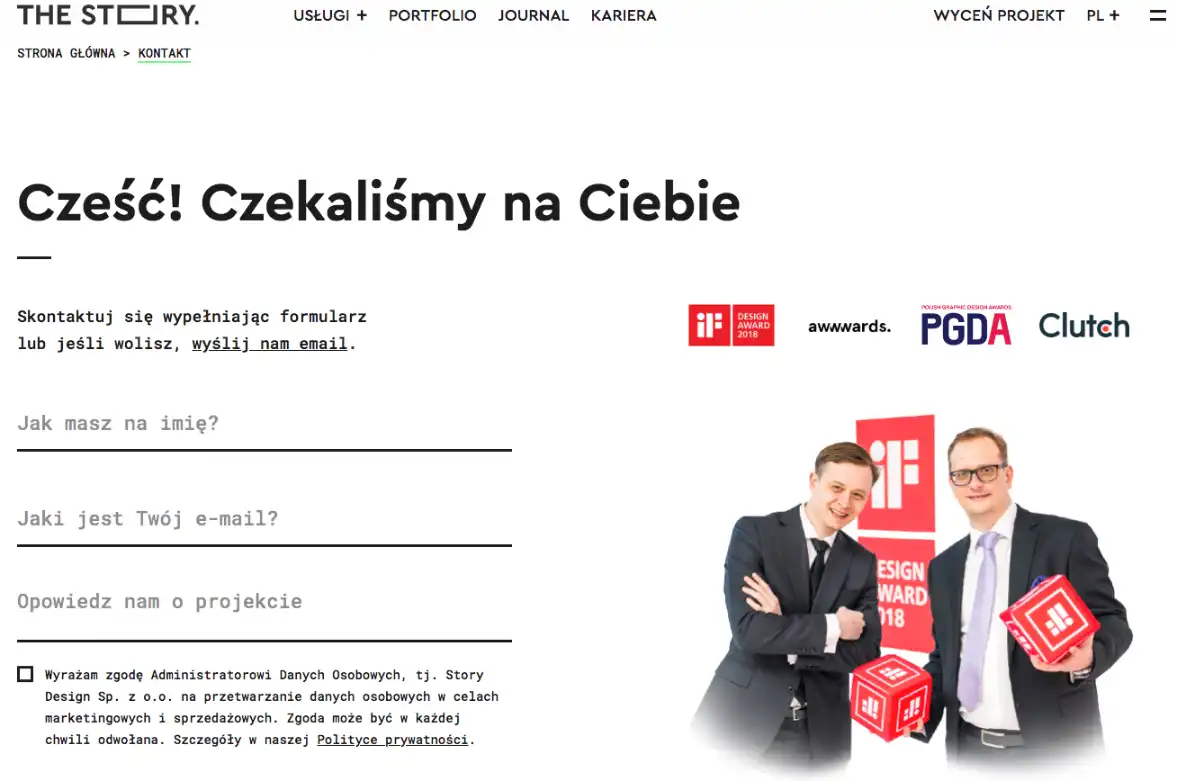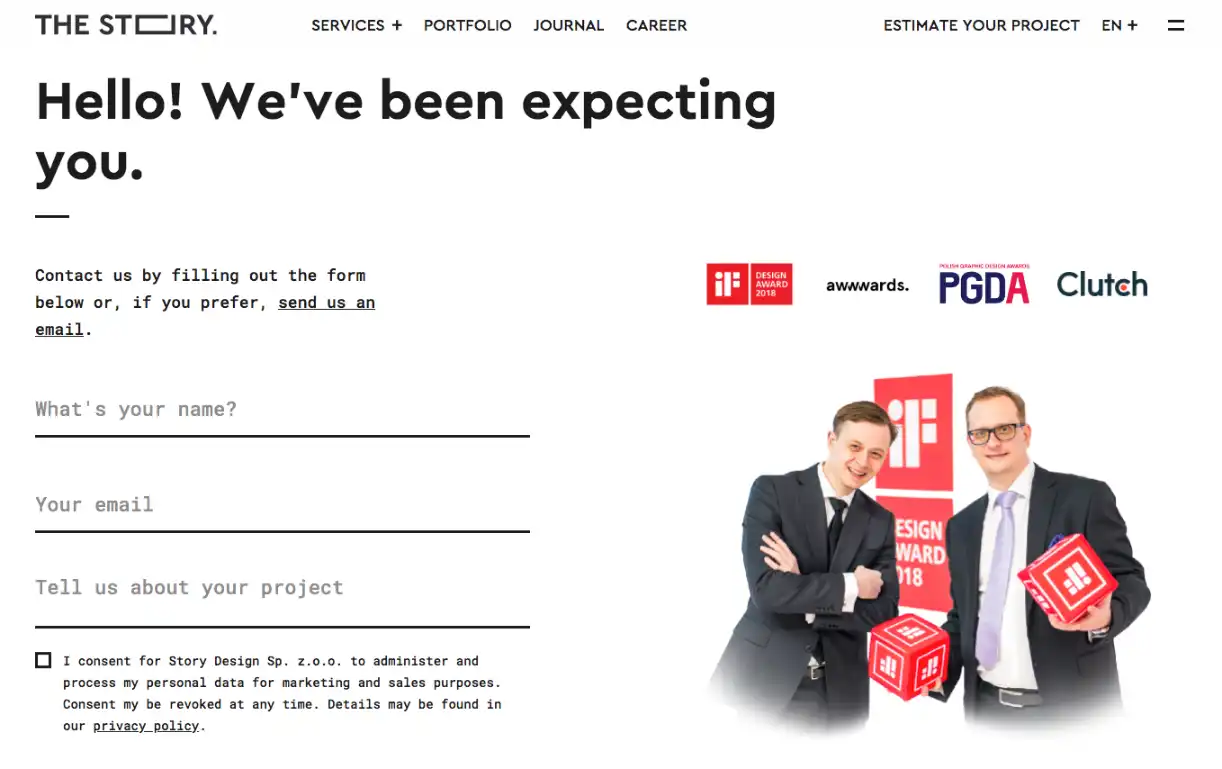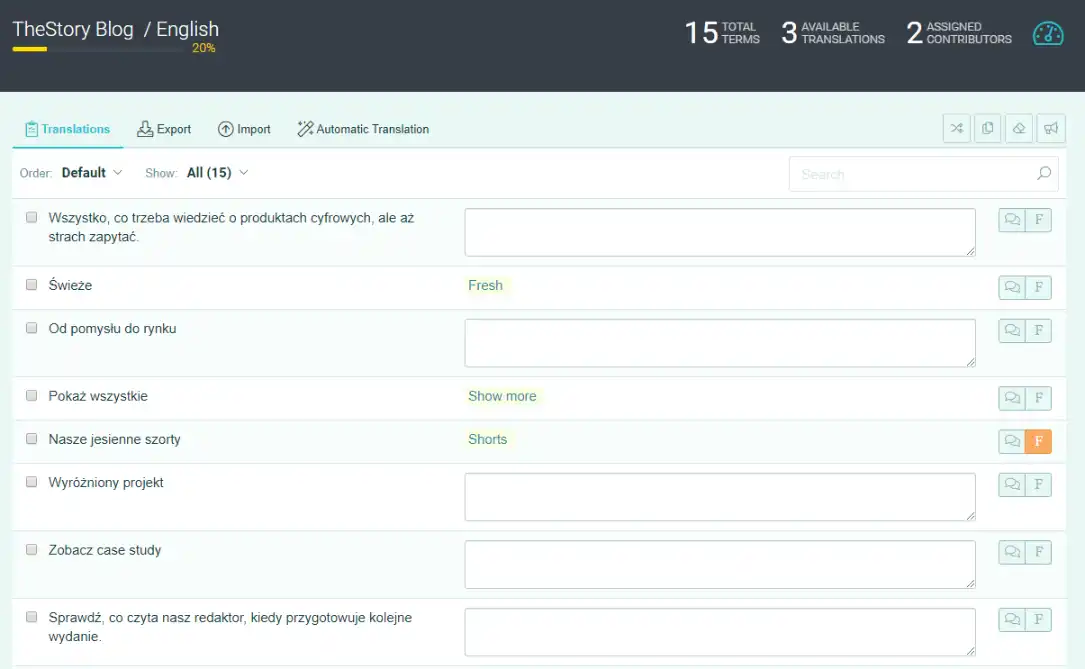Preparing a website in more than one language version is sometimes necessary to expand the range and thus increase the conversion rate.
However, such a task is much more challenging than it may seem. I'll explain this on five examples of basic pitfalls.
1. Localization of software
To begin with, I will discuss the problem of software localization, which occurs not only during the development of websites but concerns every software that is supposed to reach many cultural groups.
The first matter is the language users read, and the second is the cultural differences between residents of different countries. One thing is to translate our software, and another is to adapt it to a given country.
Every country, region, and subregion has its nuances. Such nuances are, for example, the notation of numbers, which varies from country to country.
Moreover, in some languages, the direction of writing is not left to right but right to left (e.g., Arabic). That's why it's not always enough to translate an interface.

At The Story, we make damn good websites. Check it out!
So, the programmer handling localization should keep in mind cultural differences. Fortunately, there are many tools that make it easier to solve this problem. I'm thinking about various types of frameworks or libraries.
However, the awareness of cultural differences is crucial. Meanwhile, young developers aren't aware of them. They only focus on translating the interface and think it's enough.
We can maintain a certain consistency when moving within, e.g., Europe. But when we reach users globally, we must keep in mind the aspect of cultural adaptation — the so-called localization.
2. Translation
Now, I will focus on the translation of a website where numerous problems appear.
We can see it in the example of our thestory.is website. Often, especially for companies that aren't big, it isn't easy to have many translators who can translate sites that reflect each other. This method of translation is about translating all website pages into selected languages.
Due to that, some sites are asymmetrical in terms of translation. As a result, we have a rich basic version — in the case of The Story, where we are gradually adding an English version of the site, it is the Polish version — and only later do we translate it into other languages.


Still, many of our subpages in the English version aren't ready yet. The challenge for programmers is to allow editors and administrators to create the website asymmetrically.
In this way, we don't force them to add English versions of Polish texts immediately.
This would make introducing the content to the site difficult and costly. So, we focus on our main language version around which others are created.
3. Fixed elements of a website
We should remember that the website can have many elements that can't be changed with the CMS panel. It's about fixed elements, for example, labels of the website sections. Usually, there are many of them. In The Story, we have 800.
Such texts that are fixed website elements also need to be translated. We can use special programming techniques for this purpose; we mark the text in the code with a special combination of characters. Thanks to that, our software understands that a given text can be translated into another language.
Moreover, the software also has files with the translation of texts. The appropriate translation is selected depending on which language you are viewing.
But how to organize the work of a translator? Let's take an example of an article. We first write the article in Polish, send it to the translator, and then enter the translated version into the CMS. The situation is different when we translate static text.
Some development teams extract texts with a special tool and send the file to the translator. The translator handles the translation and sends the file back. Our task is to convert the file so that it is accepted by a translation tool and then introduce it to our website.
Through the eyes of an expert. SEO and multiple language versions of a website
Tomasz Stopka — Senior SEO specialist, he runs a SEO agency SEMURAI.

What can go wrong when we launch a website in a different language version? The SEO aspect
As with every implementation, something can go wrong if we don't tie up all loose ends. In the case of incorrect SEO implementation, our browser visibility can plummet.
How to prevent that? It's basically a matter of properly informing Google that our website has different language versions.
Such a signal can be sent to the browser through, for example, putting a hreflang tag in the code of our website.
Google is smart enough to inform web admins through Search Console that the site has an error and gives us suggestions on how to fix it.
Often the situation looks like this: we're informed time and time again about a problem, and at some point, we can start to be perceived as website owners who don't care about their site.
Google algorithms can conclude that since we don't listen to the advice given to us directly, then this means that we don't care about the quality of our website. As a result, Google's algorithms may decide that the site's visibility in the search engine ranking should be lowered.
Our position in the search engine can be improved or significantly reduced depending on how quickly and with what results we will fix the indicated by Google elements — including redirection to the international version of the site.
Other problems can also appear, such as providing content in a language inappropriate for the user.
4. Cooperation between a translator and a programmer
Frequently, we have many tasks that can't be done simultaneously but must be performed sequentially. When software develops rapidly, a phenomenon called translation debt occurs. It happens when the translation process can't keep up with changes in the software.
For instance, we're in the process of changing a given element, and the translator still hasn't given us the completed translation file. Many problems related to combining translations arise, which is why special tools have been created for cooperation between programmers and translators.
I'm talking about platforms that allow us to integrate our software with a convenient translation interface that translators can access through the site.

Thanks to such platforms, translators can see tasks that they should handle. Programmers automatically upload untranslated elements and download the translated ones. POEditor is a good example; we actively use it in The Story.
In the case of, e.g., Microsoft's website, which has millions of subpages with documentation, translators aren't hired. Instead, AI mechanisms and machine translation are used.
Huge IT companies publish so much documentation that changes quickly that traditional translation wouldn't keep up. That's why they use mechanisms that translate the text automatically.
However, it's well-known that these translations aren't of the best quality, especially in the case of much more complicated languages such as Polish or Russian. Yet, such solutions are increasingly popular in the IT industry.
5. Availability of a website and its loading speed
The last element that's worth discussing is the availability of the site.
If we're thinking about a website that will work on a global scale, we need to remember that when we create it on a server, e.g., in Warsaw, the time to access it from New York or Tokyo can take a few seconds.
Naturally, it negatively influences SEO and UX. Therefore, when planning multi-regional sites, our infrastructure must be distributed.
We launch a website, for example, in Europe, Asia, the U.S., etc., and we perform the so-called mirroring in those regions where we want our website to have high and fast availability.
Read about 10 principles of creating a website according to Jakob Nielsen.
When we visit a site, each browser sends a determined amount of headers telling us what type of browser we're dealing with and what operating system. Among this data is information about accepted languages.
If we set three languages (e.g., Polish, English, Russian) in the operating system, then their information will be on the header.
For The Story, the main language version is Polish, so if I see in the headers that a particular browser accepts Polish, I display the site in Polish. On the other hand, when I don't see the Polish language, I switch to English.
Thanks for reading! We encourage you to share this article.







